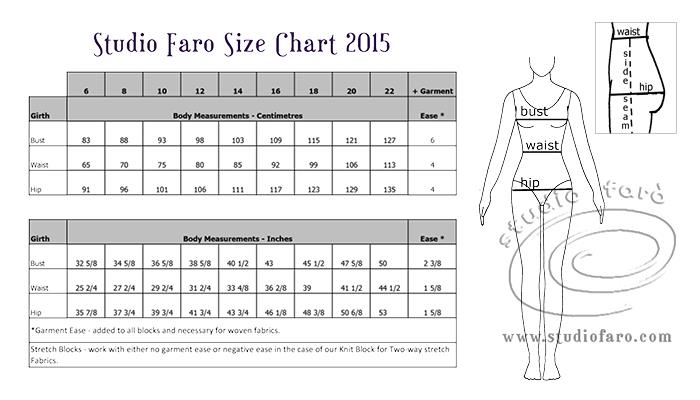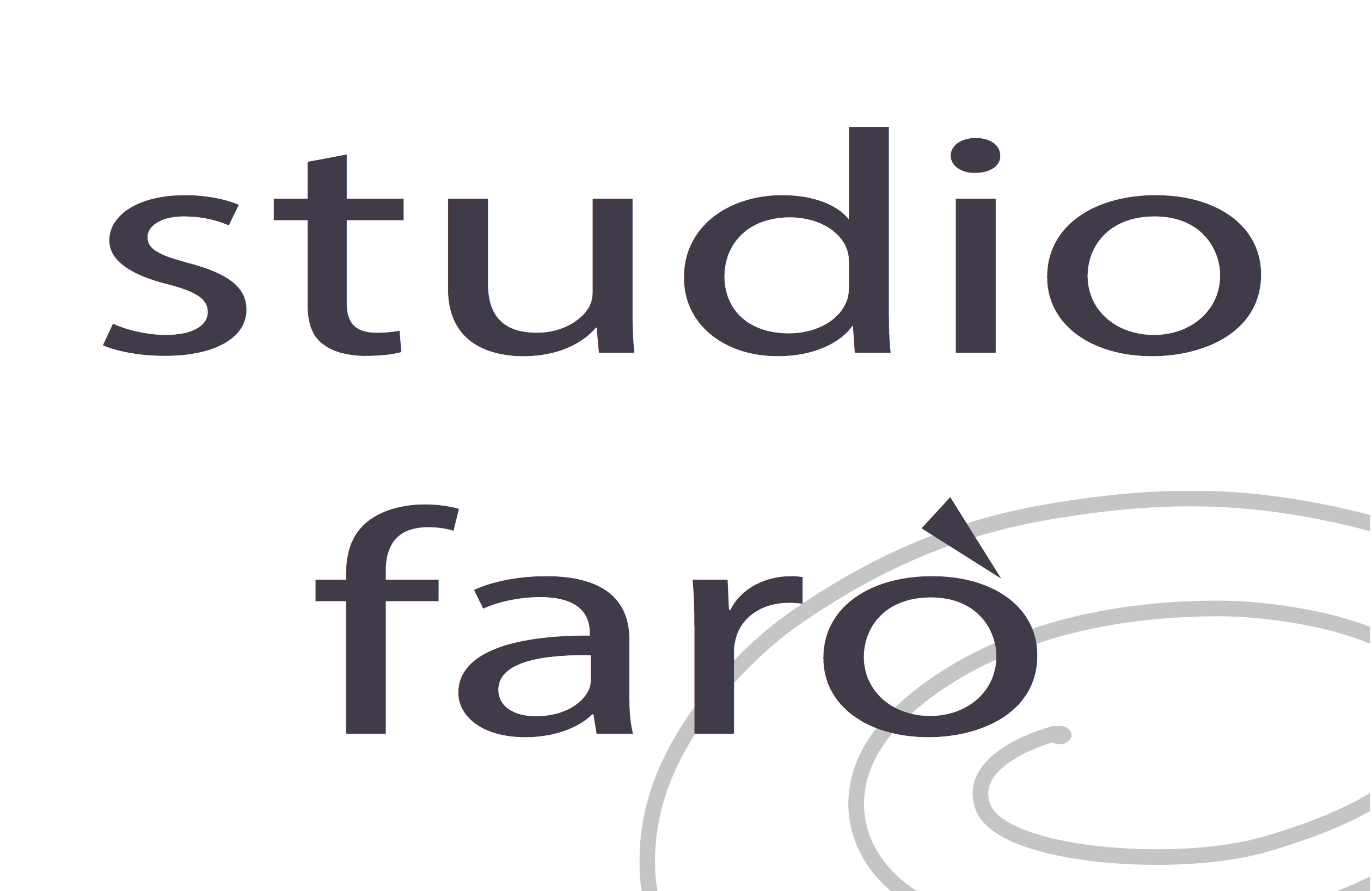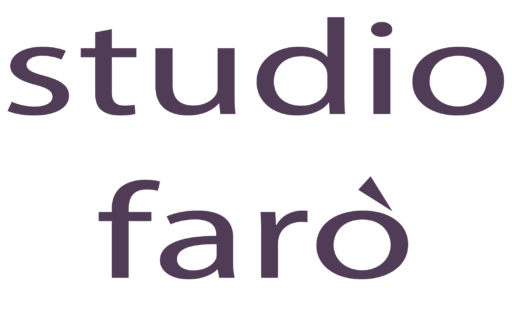01 Dec Size Chart for Patterns and Blocks

Where does it all start?
Anthropometry (from Greek ἄνθρωπος anthropos, “human”, and μέτρον metron, “measure”) refers to the measurement of the human individual.
Today, anthropometry plays an important role in industrial design, clothing design, ergonomics and architecture where statistical data about the distribution of body dimensions in the population are used to optimize products. Changes in lifestyles, nutrition, and ethnic composition of populations lead to changes in the distribution of body dimensions (e.g. the obesity epidemic), and require regular updating of anthropometric data collections.
So what does all this mean for you?
-
- ‘When I go shopping I always have to buy a size smaller for my trousers and skirts compared to tops and shirts.’ This translates in the sewing room as morphing two different sizes together when working with commercial patterns.
- ‘I’m 6″ tall and sleeves and trouser legs are always too short!’ When your height is well beyond the median of the population you know that most clothing will be unsuitable. Some larger brands and retailers can offer variable lengths (S=short, R=regular, L=long) but very few in fashion go that far. In the sewing room you would automatically add minimum 2″ (5cm) to sleeves and trouser lengths.
The first conversation is how I take and use my body measurements to select the right size for me. Then followed by; how I integrate my understanding of my own fit rules to finesse my own block fittings.
Take this moment to sign up for my fabulous newsletter! Every month or so I send an email newsletter with new website content and always, always an enormous discount code for all my sewing patterns, garment blocks and pattern making instructions.
This discount code is for subscribers only. Don't miss out!


No Comments